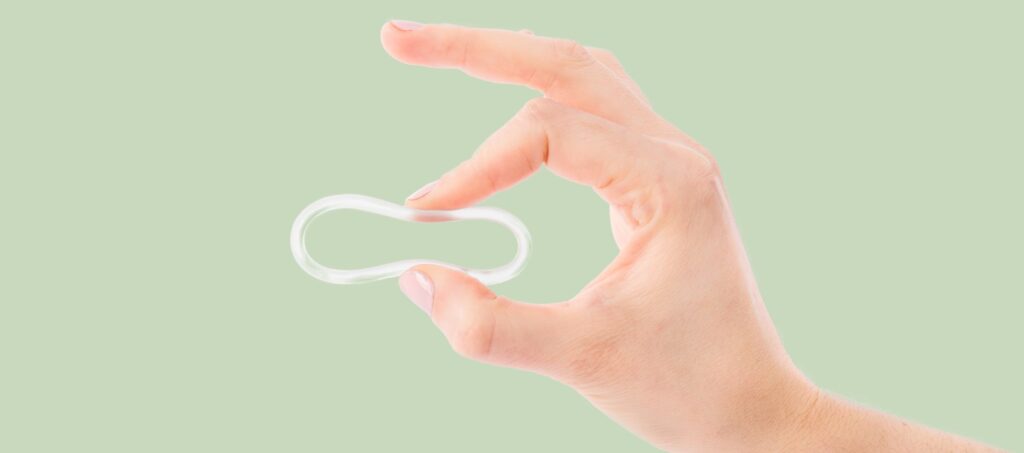5 Terrifying Things People Have Used to Prevent Pregnancies
Not many people today know the fascinating items used to prevent pregnancy before effective birth control was introduced. Here are five terrifying ways you probably didn’t know were used to prevent pregnancies. Needless to say, don’t try these at home!
- Crocodile Dung Did you know that before the pill was invented, some women used crocodile dung in attempt to avoid getting pregnant?
- Hot Mercury The Egyptians thought drinking hot mercury would prevent pregnancy.
- Citric Acid Sponges Another method that was used, was inserting sponges soaked in lemon juice. As it was thought that the citric acid would repel or kill the sperm.
- Weasel Testicles Some even attached objects made of weasel testicles to their inner thigh to repel men and their sperm.
- Tortoise Shells Before the latex condom was invented in 1919, people really got creative with making their own versions of condoms. Some examples include tortoise shells, animal intestines, and animal horns. Animal horns? Ouch!
This blog provides information about telemedicine, health and related subjects. The blog content and any linked materials herein are not intended to be, and should not be construed as a substitute for, medical or healthcare advice, diagnosis or treatment. Any reader or person with a medical concern should consult with an appropriately-licensed physician or other healthcare provider. This blog is provided purely for informational purposes. The views expressed herein are not sponsored by and do not represent the opinions of Nurx™.







